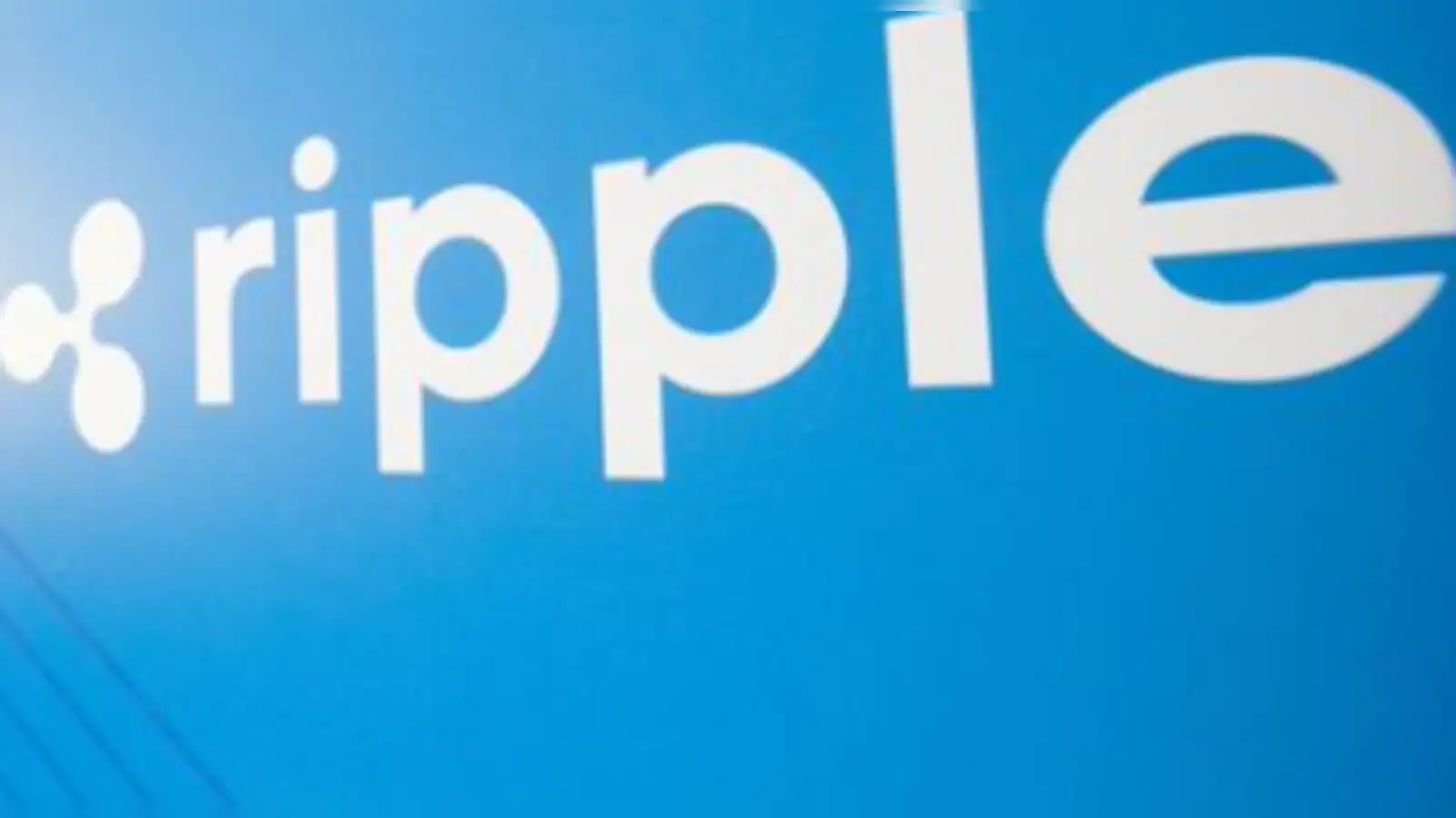- Ripple’s $500M investment signals deeper integration with global finance.
- Analyst says Ripple is quietly reshaping the foundation of money.
- Strategic partnerships position Ripple as a key financial infrastructure player.
According to Stern Drew, a popular crypto commentator, Ripple’s latest $500 million investment is more than a routine business expansion—it is a calculated move that could reshape the foundation of institutional finance.
While much of the public discussion has centered on the size of the investment, Drew believes the real story lies in how Ripple is quietly positioning itself at the heart of a new financial infrastructure.
Drew explained that Ripple’s $40 billion valuation and $95 billion in processed payments are not mere indicators of growth. Instead, they reveal the company’s transition from a crypto service provider into a central hub linking global banking systems with blockchain technology.
With more than 75 regulatory licenses worldwide, Ripple is now embedding itself deeper into the architecture of regulated finance.
Ripple’s Strategic Integration into Traditional Finance
The analyst noted that many observers are missing Ripple’s broader intent. Behind the scenes, the company has been building partnerships with financial powerhouses like BlackRock, Citadel, and Franklin Templeton.
These relationships, Drew suggested, reflect Ripple’s quiet but deliberate strategy to connect traditional liquidity systems with blockchain networks. This is not about decentralization; it is about the digital reconstruction of monetary infrastructure.
Also Read: Ripple’s Big Announcement With Mastercard Excites XRP Army
Furthermore, Drew emphasized that Ripple’s $500 million deal could accelerate the merging of traditional finance with blockchain-based operations. The move positions Ripple as a technological bridge—facilitating programmable liquidity, tokenized assets, and seamless cross-border transactions under regulatory clarity. By doing so, Ripple may gain unprecedented influence over how money moves through digital and institutional channels.
The Overlooked Shift Toward Programmable Finance
In Drew’s view, the most overlooked aspect of this development is that Ripple is building the foundation for programmable finance, where every asset and transaction can operate under automated rules.
The same institutions that once defined Wall Street’s dominance are now integrating through Ripple’s technology, signaling a new era of structured digital finance.
Ripple’s investment deal, therefore, goes beyond expansion—it represents a shift in control and coordination within global markets. As Drew pointed out, what few are discussing is that Ripple is no longer just a participant in the financial system. It is quietly becoming one of its architects, preparing to power the next phase of monetary transformation.
Also Read: Did SBI Group Really Dump Ripple (XRP) for Chainlink? Here’s What Happened
